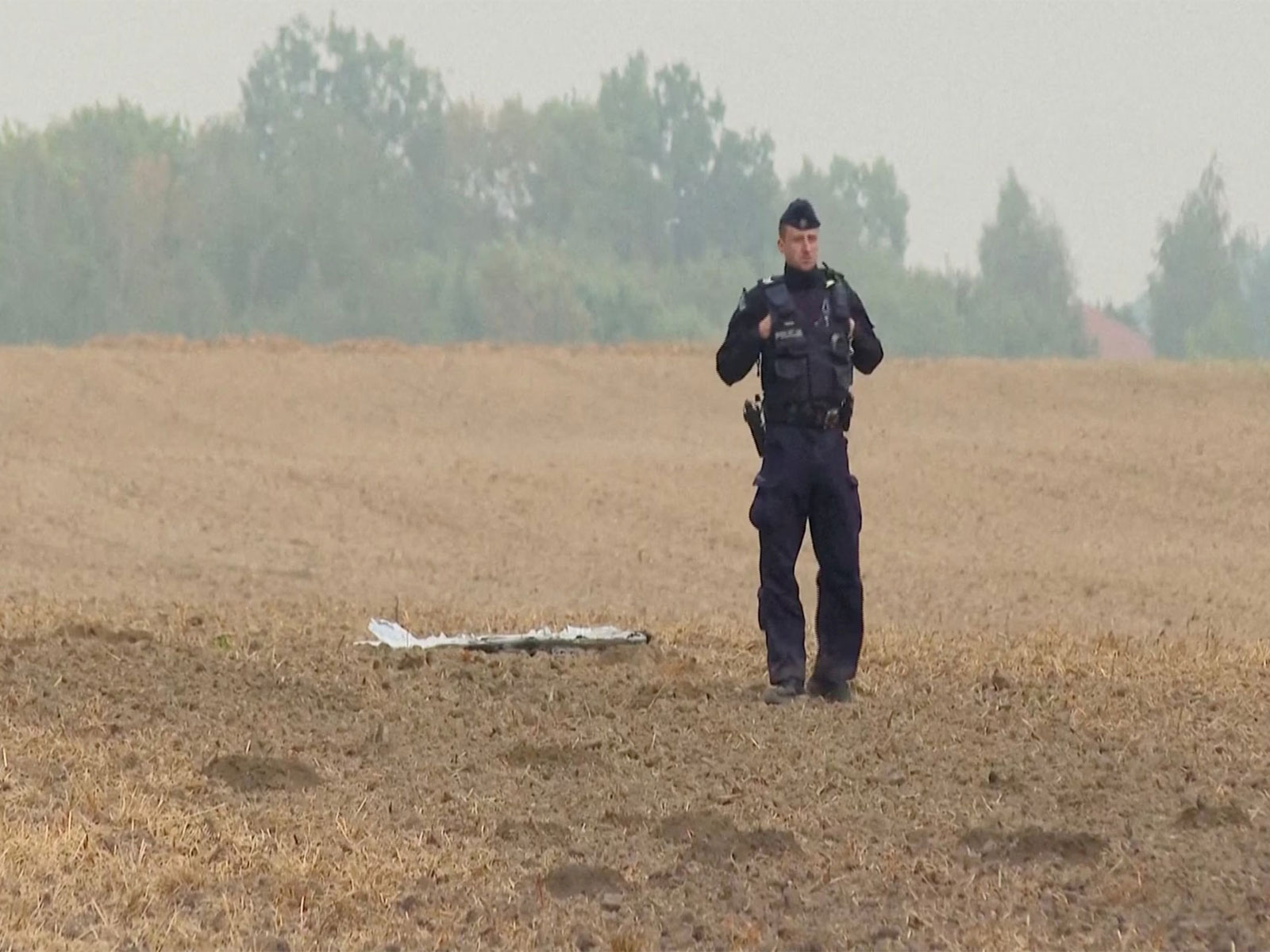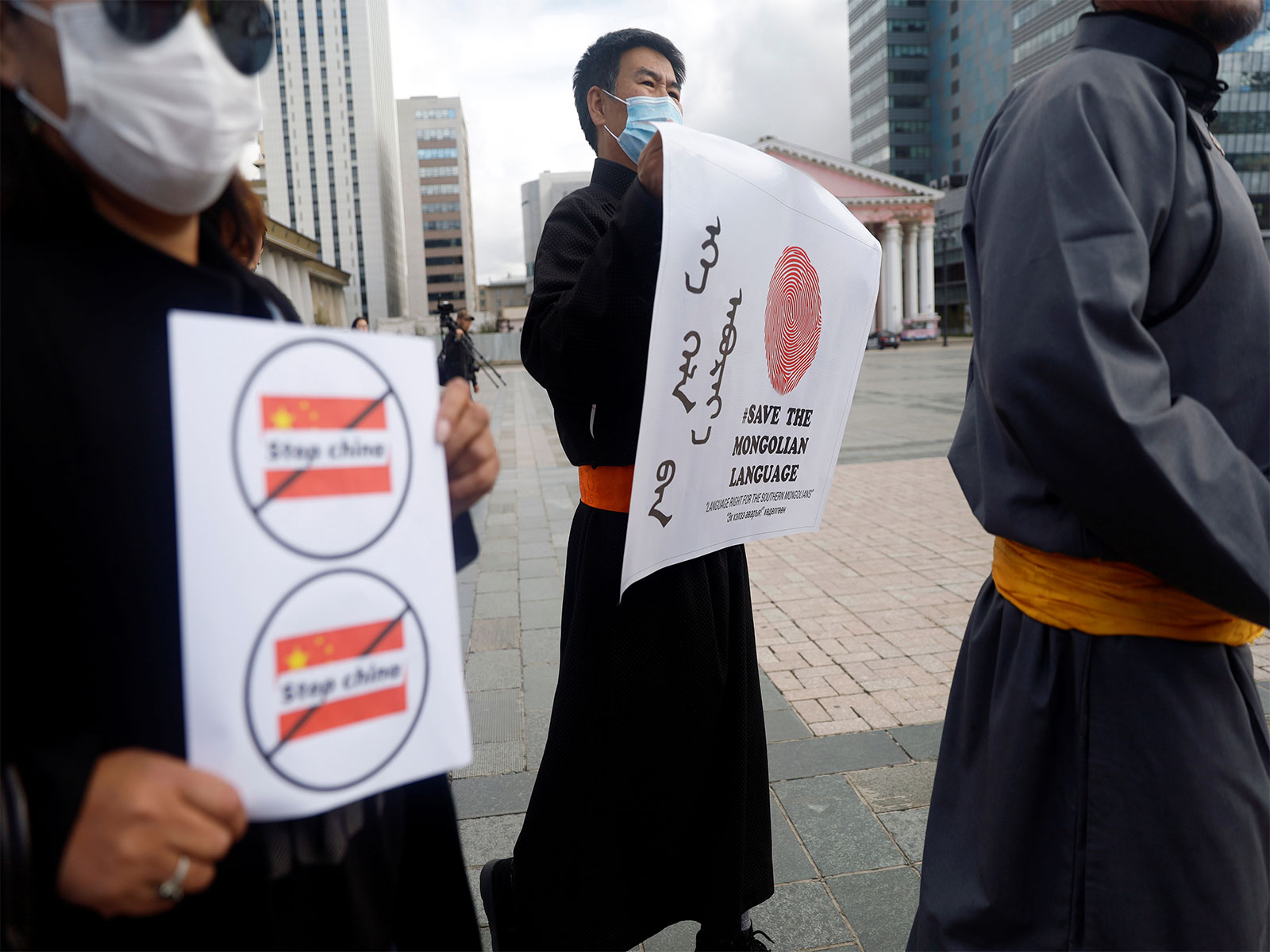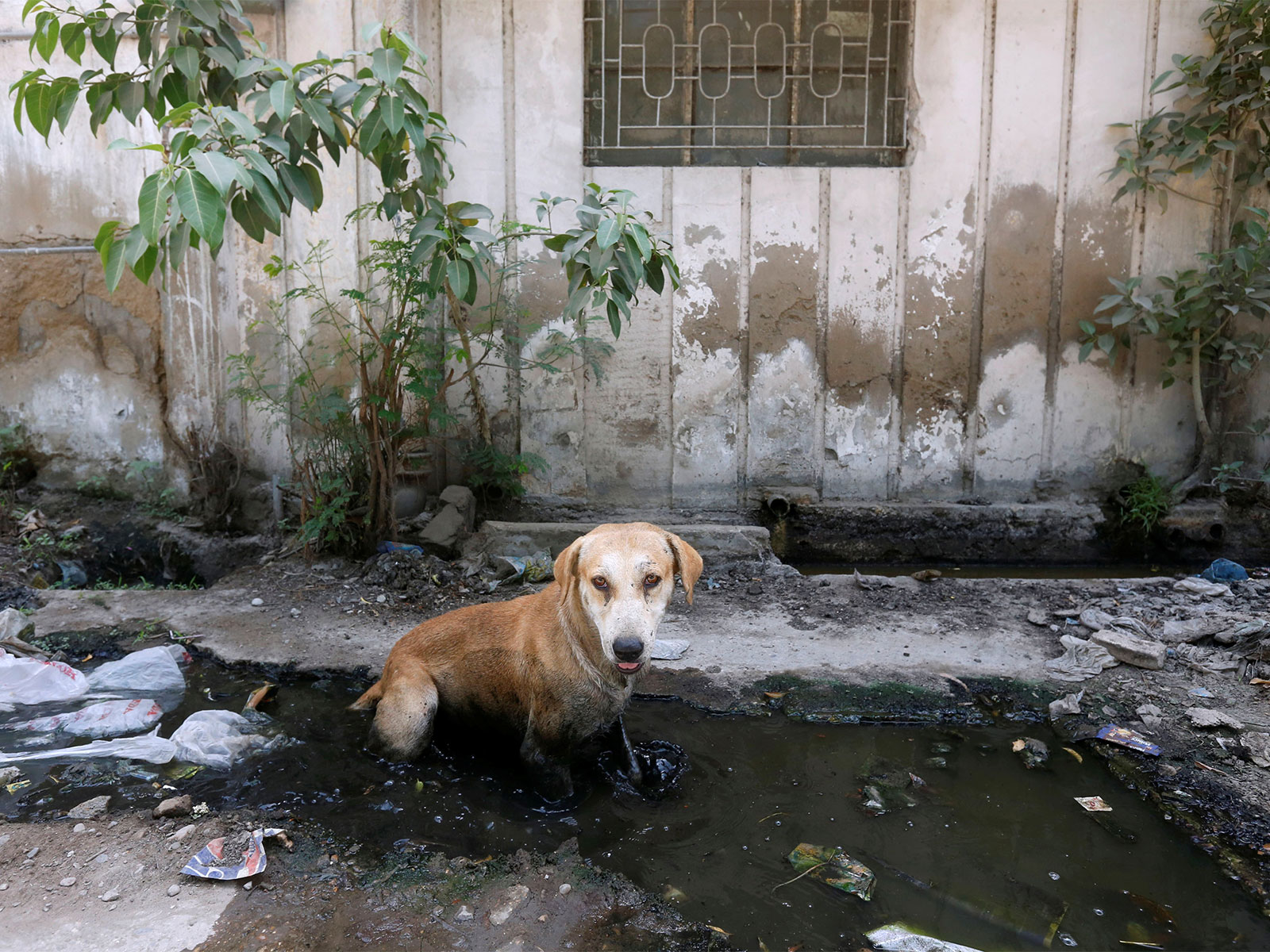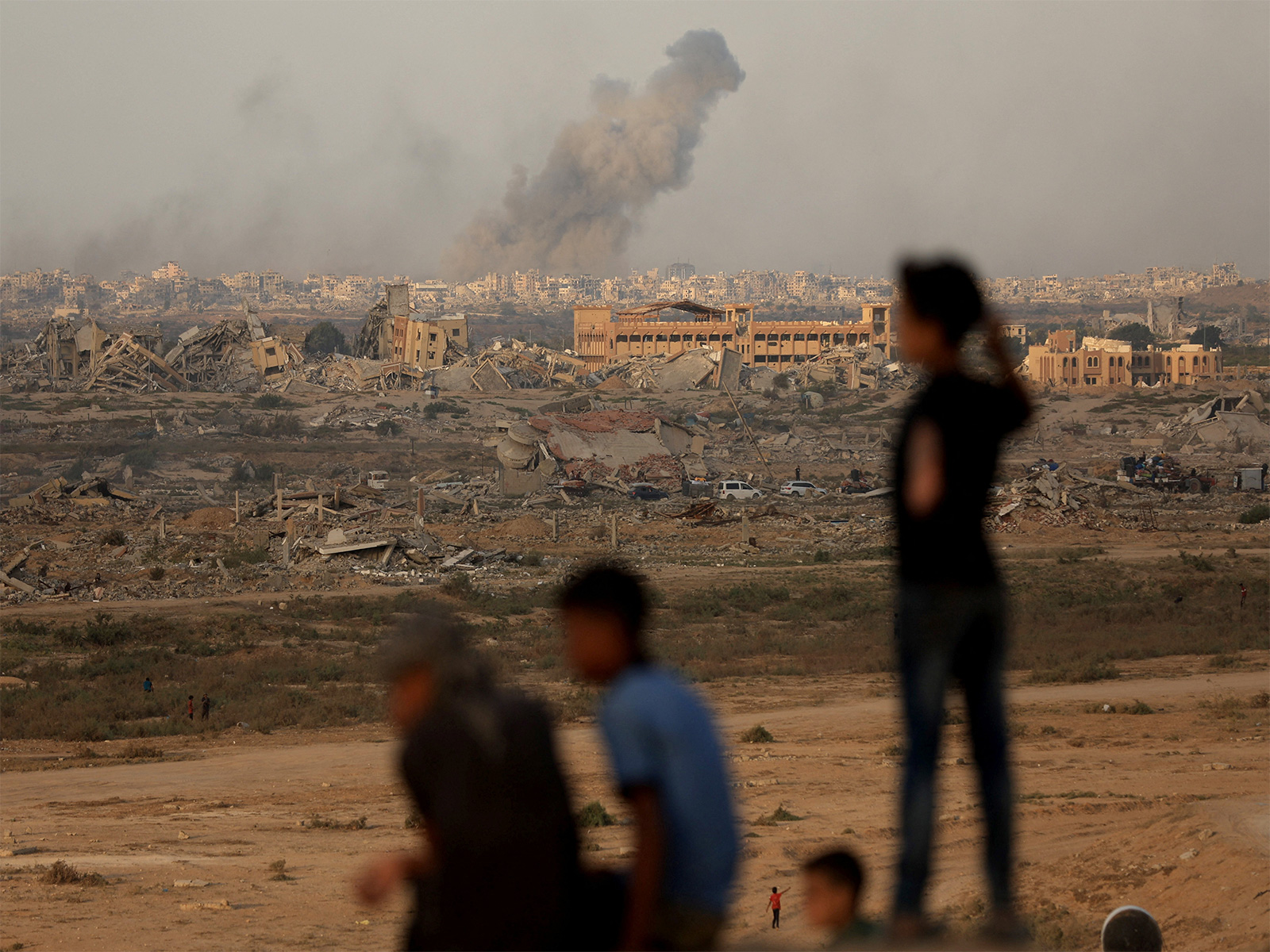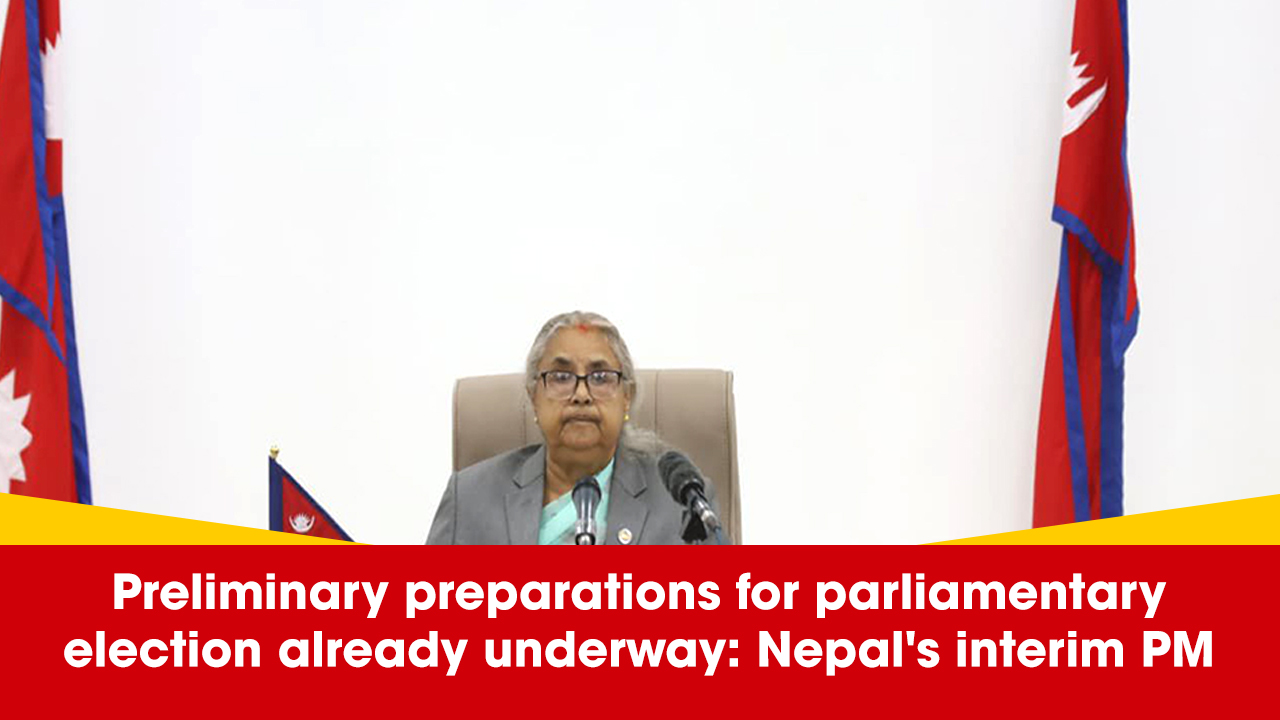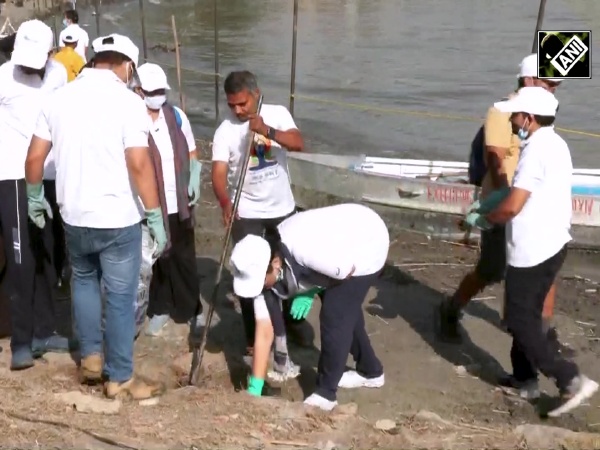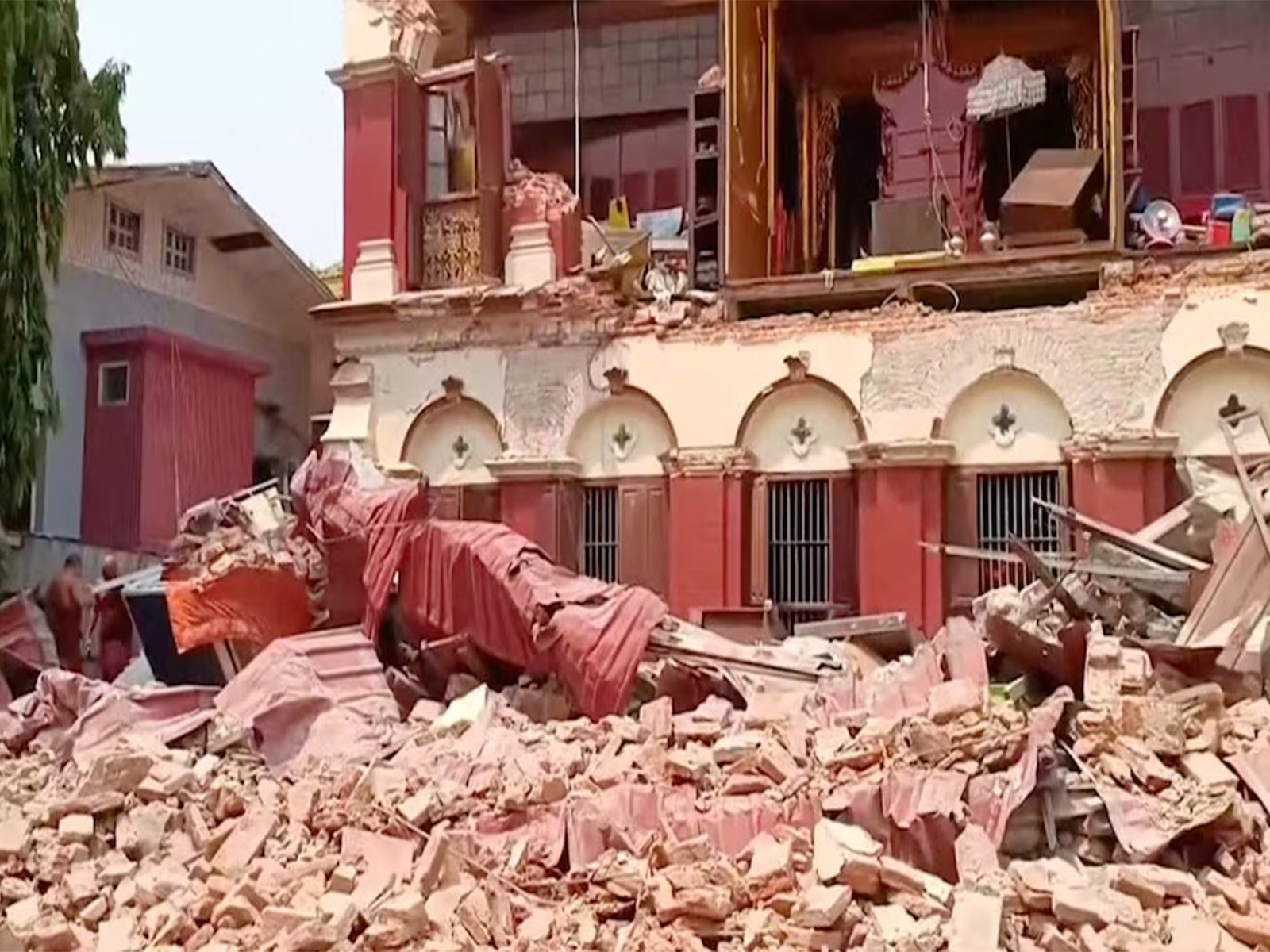
Second earthquake of magnitude 3.2 strikes Myanmar
Sep 28, 2025
Naypyidaw [Myanmar], September 28 : Second earthquake being 3.2 magnitude in the same day shook Myanmar on Sunday, a statement by the National Center for Seismology (NCS).
As per the NCS, the earthquake occurred at a depth of 60km.
In a post on X, the NCS said, "EQ of M: 3.2, On: 28/09/2025 13:48:41 IST, Lat: 24.52 N, Long: 94.69 E, Depth: 60 Km, Location: Myanmar."
https://x.com/NCS_Earthquake/status/1972217231124856838
Earlier in the day, an earthquake of magnitude 4.0 struck Myanmar at a shallow depth of 10km, making it susceptible to aftershocks.
In a post on X, the NCS said, "EQ of M: 4.0, On: 28/09/2025 06:25:33 IST, Lat: 18.84 N, Long: 96.40 E, Depth: 10 Km, Location: Myanmar."
https://x.com/NCS_Earthquake/status/1972105798630133799
Shallow earthquakes are generally more dangerous than deep earthquakes. This is because the seismic waves from shallow earthquakes have a shorter distance to travel to the surface, resulting in stronger ground shaking and potentially more damage to structures and greater casualties.
In the aftermath of the magnitude 7.7 and 6.4 earthquakes that struck central Myanmar on March 28, the World Health Organisation (WHO) warned of a series of rapidly rising health threats for tens of thousands of displaced people in earthquake-affected areas: tuberculosis (TB), HIV, vector- and water-borne diseases.
Myanmar is vulnerable to hazards from moderate and large magnitude earthquakes, including tsunami hazards along its long coastline. Myanmar is wedged between four tectonic plates (the Indian, Eurasian, Sunda, and Burma plates) that interact in active geological processes.
A 1,400-kilometre transform fault runs through Myanmar and connects the Andaman spreading centre to a collision zone in the north called the Sagaing Fault.
The Sagaing Fault elevates the seismic hazard for Sagaing, Mandalay, Bago, and Yangon, which together represent 46 per cent of the population of Myanmar. Although Yangon is relatively far from the fault trace, it still suffers from significant risk due to its dense population. For instance, in 1903, an intense earthquake with a magnitude of 7.0 that occurred in Bago also struck Yangon.
